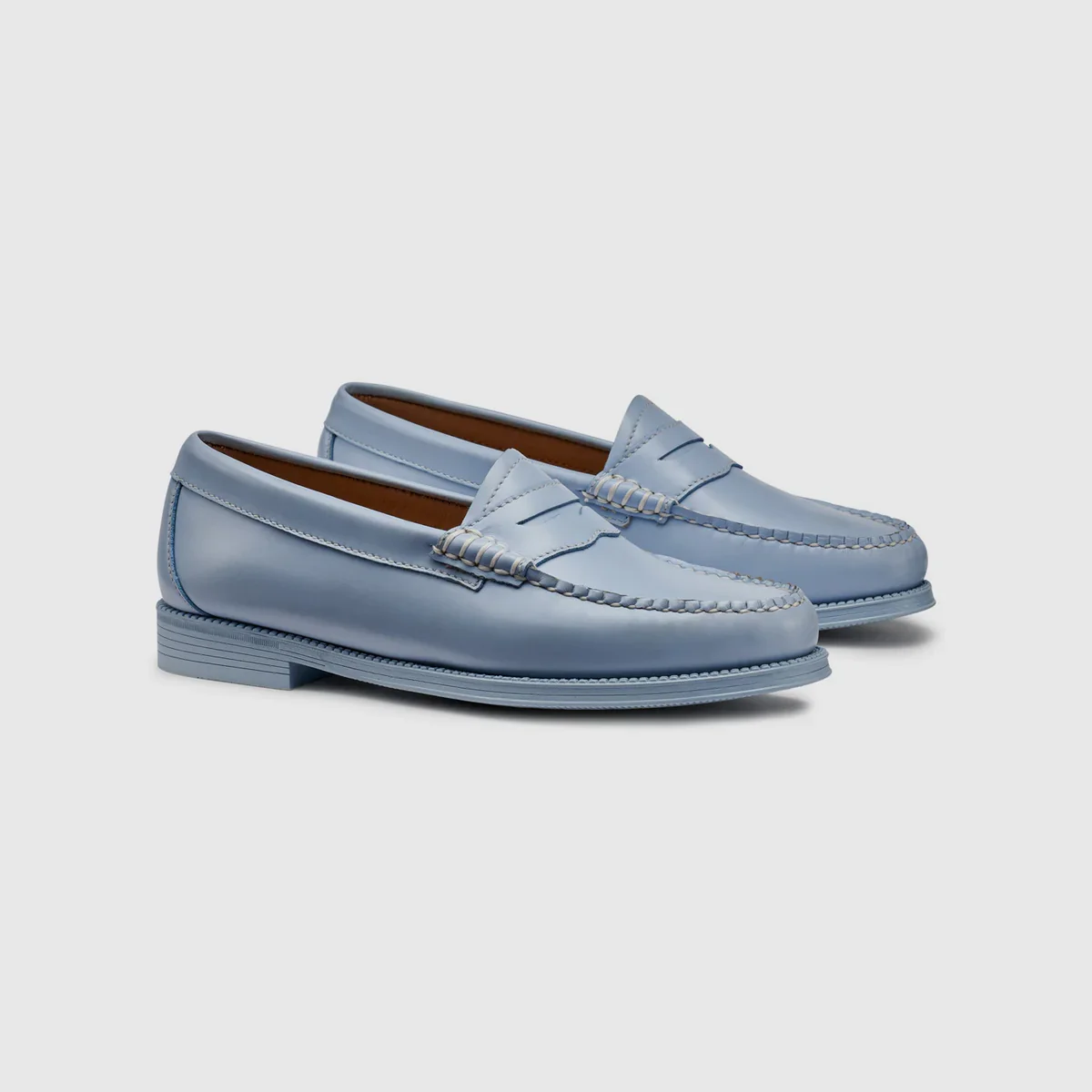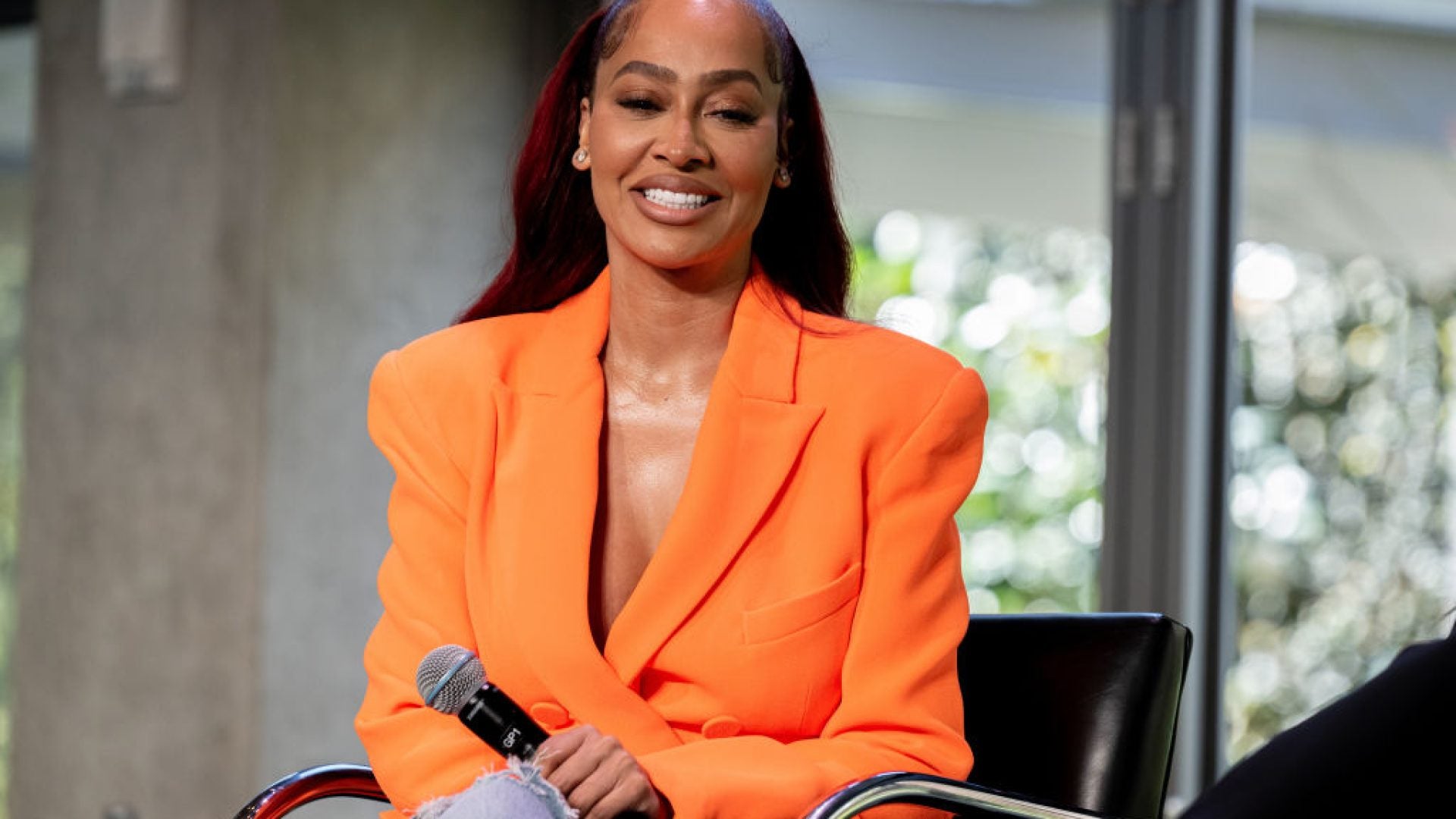
Many of us know the benefits of physical fitness and maintaining an active lifestyle. Knowledge, however, isn’t always enough to thrust us into action. The fact that over 80% of the world’s adolescent population isn’t active enough and one in four adults don’t meet the global recommendation for physical activity confirms this.
If picture perfect bikini pics, viral fitness videos, and gym subscription deals aren’t sufficient enough to get us moving, what is the magic trick? How can we have a healthy long-term relationship with fitness? Changing your mindset and thinking about fitness as a lifestyle is a good starting point. StaiSean Lyew, a personal trainer, coach, and former D1 athlete in the New York Metropolitan Area, shares tips on how to do this and more, just in time for National Fitness Day (May 6).
Manage Your Expectations
Fitness goals often motivate us to get active, but unfortunately, they don’t always keep us active. It’s easy to start off hot and lose steam as time goes on. A reason for this may be that people set unrealistic goals for themselves without a plan to execute, Lyew says.
“You might go hard the first week, maybe two, and then all of a sudden you’re like, ‘this is hard,’” he tells ESSENCE. “So then people get discouraged.”
A 2021 study on goal setting and achieving in relation to exercise found setting higher performance goals can lead to lower long-term motivation since they may be harder to achieve. Instead of setting goals that are difficult to commit to past a few weeks, choose an activity you really enjoy and use that as an anchor to start with, Lyew advises.
“In addition to doing that, do all the other harder stuff that’s going to help you along the way. And also, don’t just set a goal. Make sure you have a plan to go with it. It’s going to help you get through your fitness journey,” he says.
See Fitness as a Form Of Self-Love
Some people use fitness as a way to deal with deep-seated issues like low-self esteem and body dysmorphia. Doing this can create an unhealthy relationship with fitness that leads to exercise addiction, something around 8.7% of fitness attendees and 21% of eating disorder patients had in 2018. It can also result in muscle dysmorphia–when you think your body isn’t muscular enough, so you go into overkill at the gym.
To create a healthier relationship with fitness, embrace who you are without losing weight or feeling the need to achieve “the perfect body.” In other words, engage in fitness from a place of radical self-acceptance. You also may want to try a mindset shift that helps you see fitness as a way to love yourself and care for your body, so you fall in love with the process and not obsess over the results.
Set Non-Metric Goals
Wanting to lose 10 or twenty pounds is a reasonable fitness goal to have, but what happens after you drop the weight? Also, what happens when you’re no longer motivated to lose the weight and decide embracing it is easier than hitting the treadmill? If you’re in the fitness thing for the long term, you may need motivators beyond the next couple of months. Lyew says this can look like having both metric and non-metric goals. The latter helps you turn fitness into a lifestyle.
“Your non-metric goal could be, like for me, just being able to keep up with my niece or keep up with your kids. You don’t want to feel sluggish,” he explains.
“If you have kids, nieces and nephews they say, ‘Hey, my mom, my dad, my auntie, my uncle, they’re on a fitness journey,’ and they’re going to start to see a healthier lifestyle,” he says. “So it almost gets passed down at that point from generation to generation.”
That said, wanting to mirror a healthy lifestyle for the young people in your life can be an awesome motivator and long-term non-metric goal to have.
Continuously Challenge Yourself
In our careers, motherhood, and other areas of our lives, we often rise to a challenge or have no choice but to face it. Applying this mindset to fitness can help create sustainability and give you something to work towards.
For instance, if you’ve been lifting 5lb weights at the gym for the past six months, that routine can become boring. Consider adding 5lb gradually so you feel challenged and also proud when you reach a new milestone. The trick should be to create a challenge that pushes you, but not so much that you throw in the towel.
Lean on Your Community






Community can help with fitness as you’re creating shared experiences, and sometimes shared goals with other people. Not only can this help you stay the course, but it can also create fun during fitness sessions too.
“Honestly, community is key,” says Lyew. “If someone doesn’t show up to a class, people are messaging them or asking, ‘What happened to you? Is everything okay?’”
In the same vein, community can help hold you accountable and push you when your fitness goals are falling to the wayside. These days, there are multiple ways to build a fitness community that shares similar values to you, be it through a Facebook group like Black Women Fitness, making friends in a local fitness class, or joining the Fitbit community.









